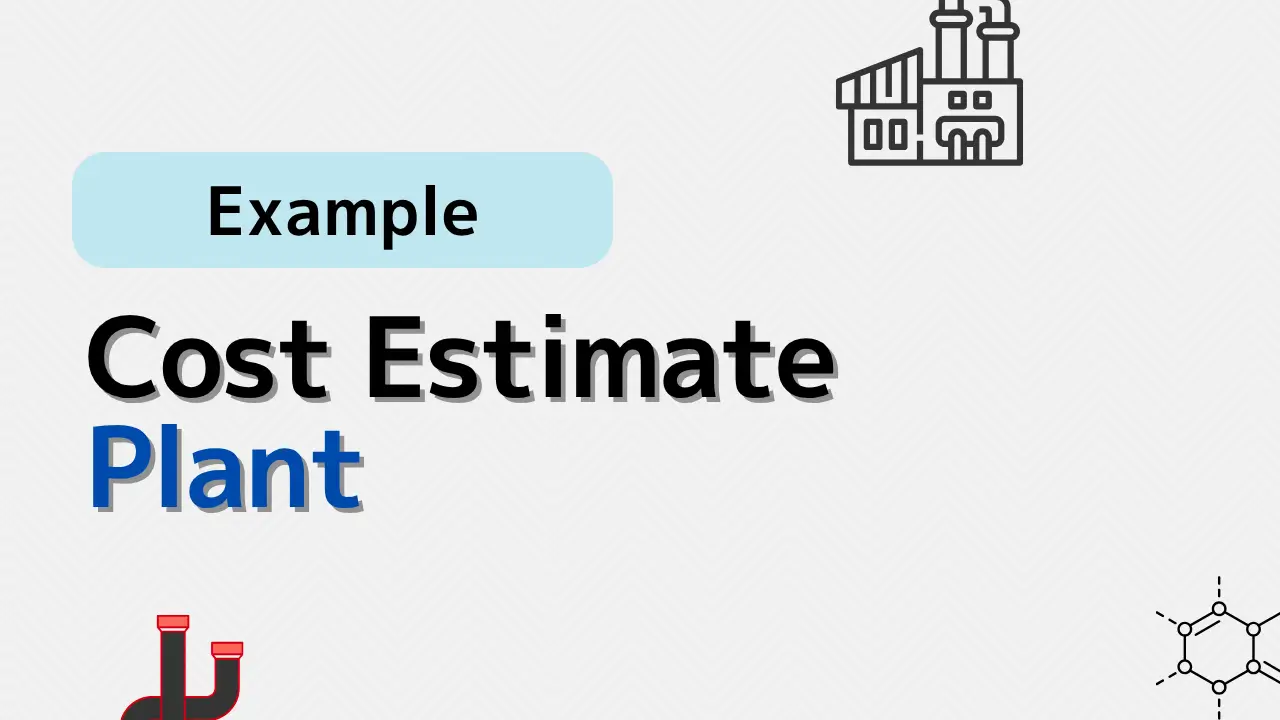Cost estimation is a key part of chemical plant design. For engineers new to project planning, understanding how to make a basic cost estimate is a crucial skill. In this article, we’ll walk through a simple, beginner-friendly example of how to estimate the cost of installing a device in a plant—without needing complicated software or advanced finance skills.
What Is Cost Estimation?
Cost estimation is the process of predicting how much money will be required to complete a project. In plant design, this usually includes equipment costs, labor, piping, and other associated expenses. Good estimates help decision-making and budgeting early in the design process.
Example Case: Installing a New Pump
Let’s say we want to install a new pump in a chemical plant. We’ll estimate the total cost using three basic steps:
1. Equipment Cost (Base Cost)
First, we check the market price for the pump. Suppose it’s $10,000.
This is our base equipment cost.
2. Installation Multiplier
Next, we multiply the equipment cost by a typical installation factor. For example, in many cases, the total installed cost is 3 to 5 times the equipment cost (to cover piping, wiring, foundation, etc.).
Using a factor of 4:
$10,000 × 4 = $40,000 (estimated total cost)
3. Breakdown of Costs
The $40,000 might include:
- Pump: $10,000
- Piping and valves: $12,000
- Electrical and wiring: $5,000
- Civil/foundation work: $3,000
- Labor: $10,000
This kind of breakdown helps teams understand where money will be spent and where savings might be possible.
Why This Is Useful
Even though it’s a rough method, this approach is widely used in early-stage planning. It gives a quick ballpark idea without requiring detailed design. It’s especially helpful when comparing options (e.g., Pump A vs. Pump B) or deciding project feasibility.
✅ Summary
- Cost estimation is essential in chemical plant projects.
- A common method is to multiply equipment cost by a factor (like 3–5) to estimate total installed cost.
- This gives you a fast and useful overview, especially in the planning phase.
- You don’t need advanced tools—just a calculator and reasonable assumptions.
